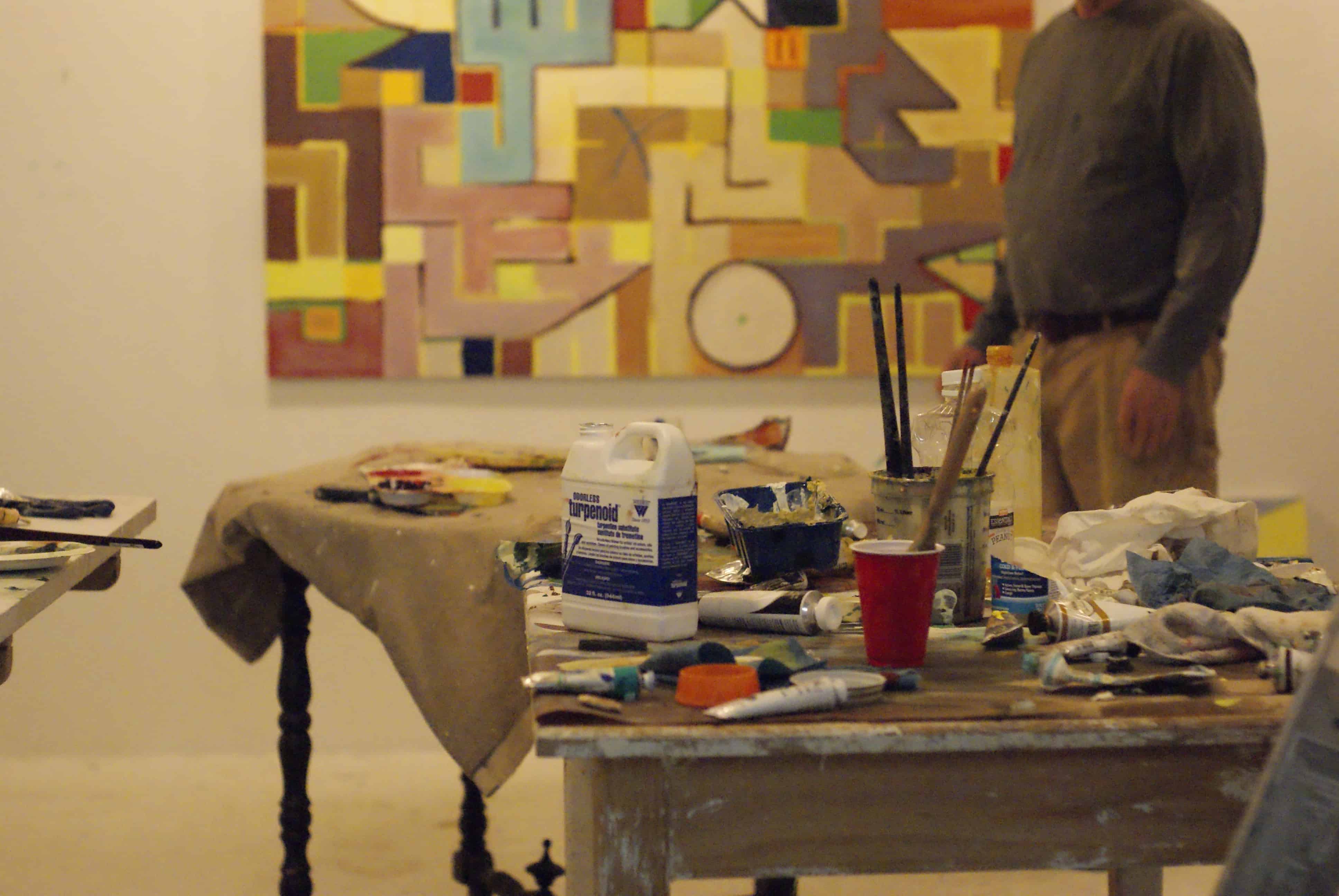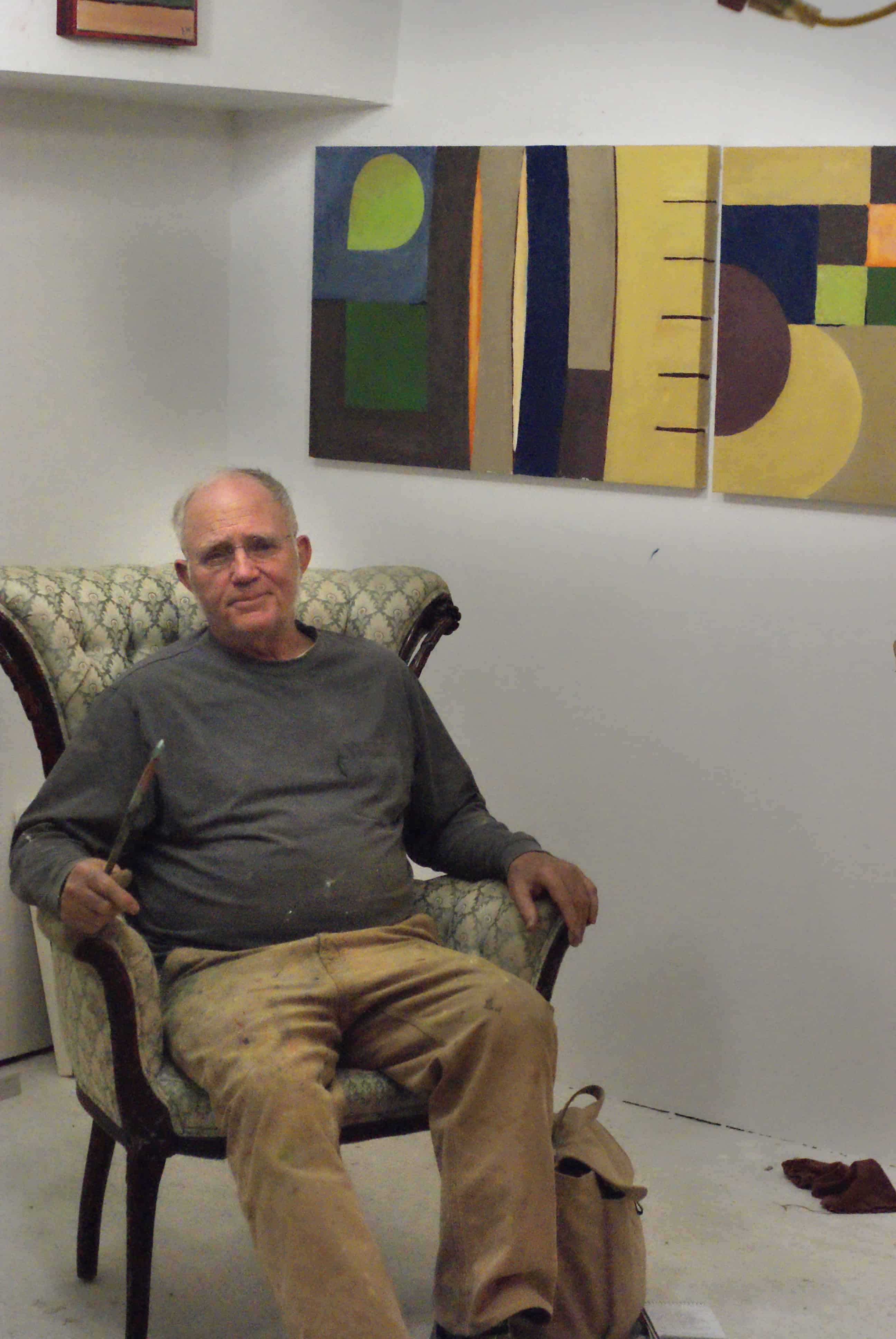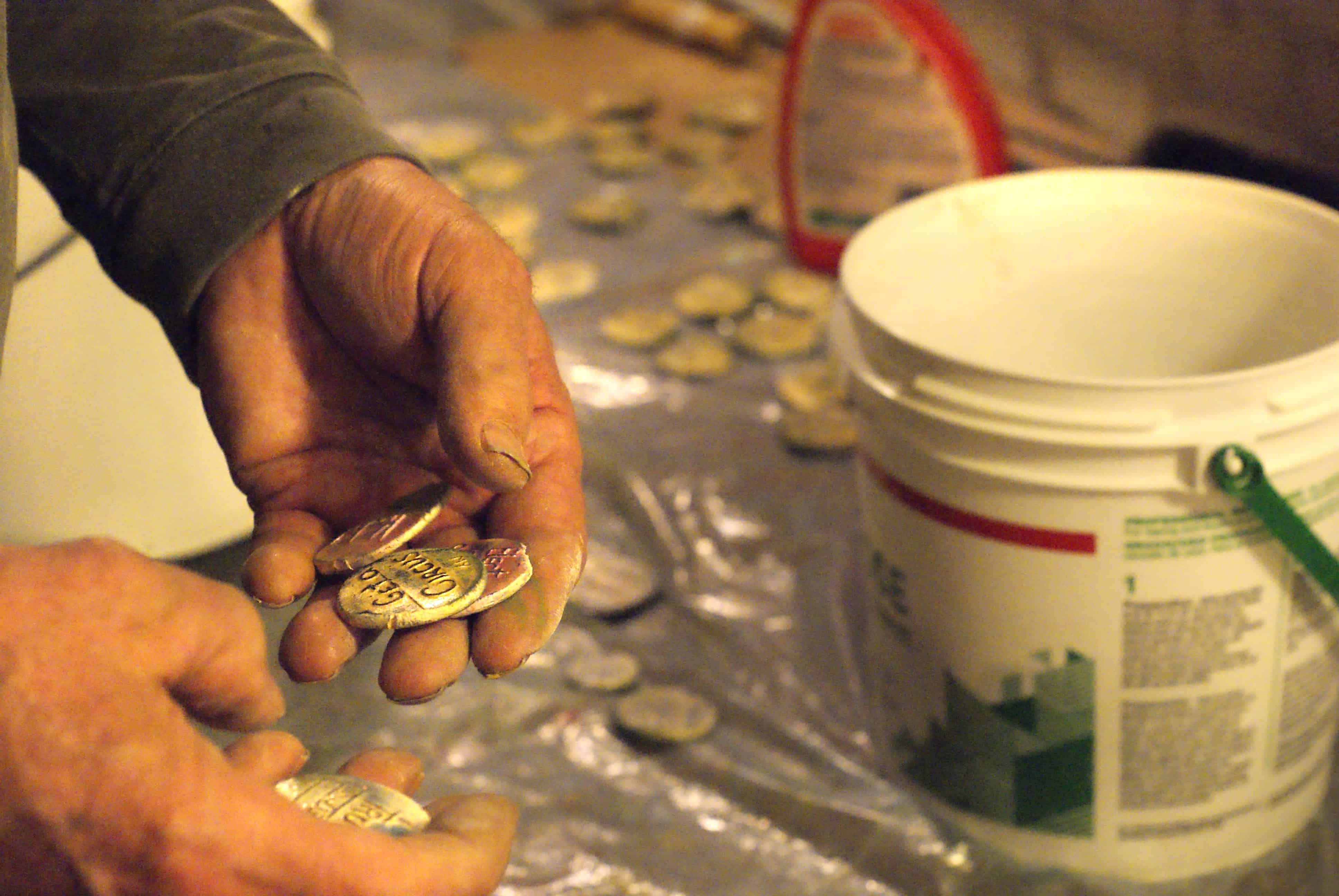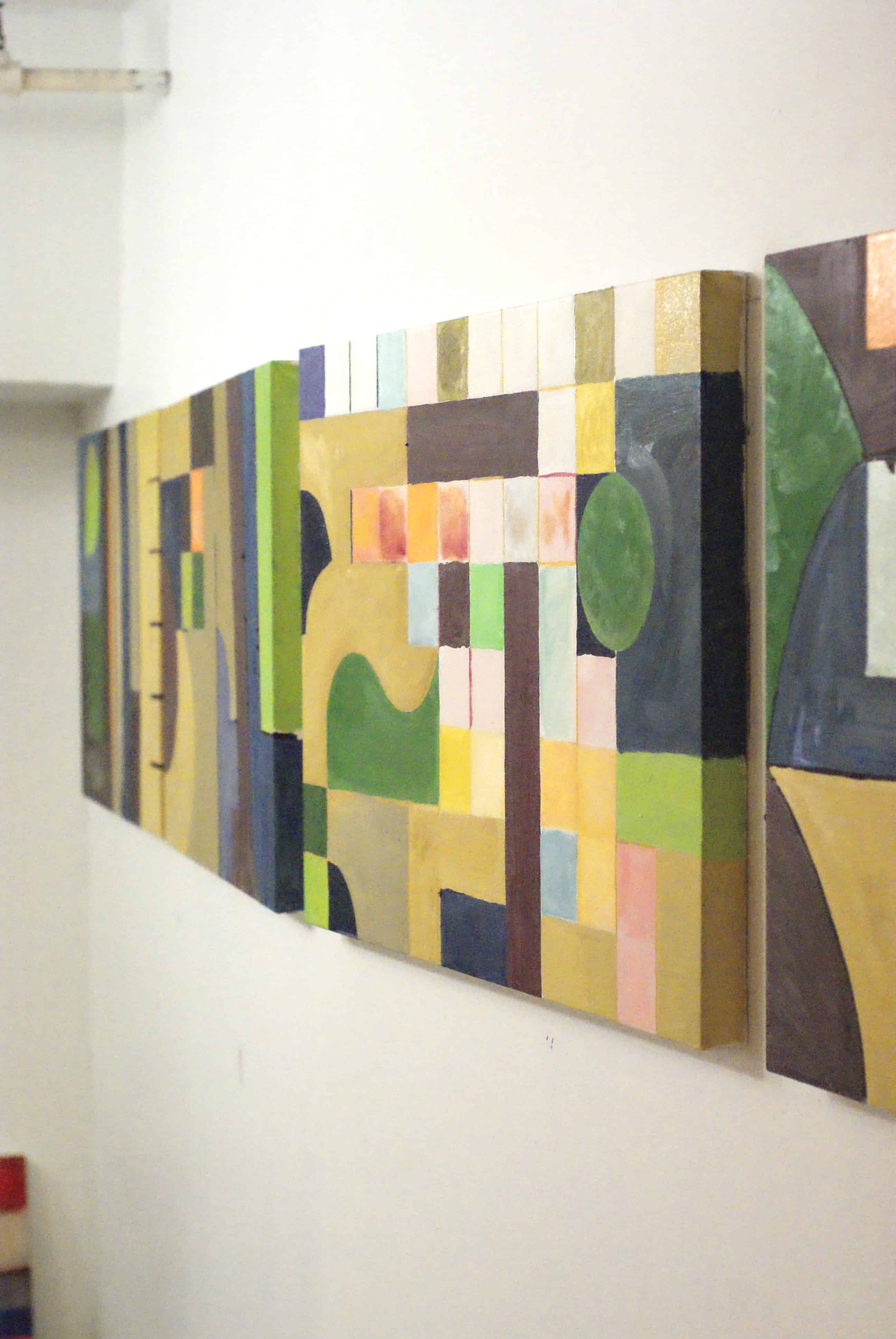

Red Hook isn’t like other places.
The Christmas lights are homegrown, parades involve more barnacles than beauty queens, and, if people look carefully, there are signs of local creativity lurking around every corner.
One of these little signs of creativity comes in the form of little tokens that people find stuck into mail slots, placed along windowsills, and tucked into various nooks and crannies.
These little tokens hold messages to the world that are carefully chosen and stamped out and then artfully scattered around town.
Upon closer inspection, there is a little “bW” etched on the bottom of one side. Those who know the Brooklyn artist will recognize the work as that of Beriah Wall.
Life History
Beriah came to New York from Vermont in the 70’s, dreaming of living in SoHo and making it big as an artist. He was initially disappointed to have to settle in Tribeca, where instead of making it big, he went pocket-sized.
Beriah began making his coins and started leaving them around wherever he went for other people to find. Years later, following his divorce, Beriah moved to Brooklyn.
“Red Hook was the closest place I could afford to my kids,” he noted, describing his unceremonious arrival to a neighborhood he initially found a little bleak.
Beriah began painting landscapes of “desolate Red Hook” soon after he arrived, the beginning of his work as a painter. Over the years, he has learned to move between his various artistic endeavors, following his whims, ideas, and inspirations.
After retiring from plaster work six or seven years ago, he now spends his time flipping back and forth between his two studio spaces.
Beriah explained, “I can’t have [my different art mediums] in the same place – they’re divergent. Different languages.”

Coins
Perhaps the work Beriah is best known for comes in the form of the little tokens that people in the New York area have been collecting for the past 40 years. He estimates that his numbers have reached seven figures.
“All my heroes were making these big giant things and I couldn’t keep up with them,” Beriah recalled. “I decided to go in the opposite direction, to see how small, minimalist, cheap, free I could get.”
The process is simple enough. Create a press for the clay, stamp out as many as he can possibly stand to make, then dry, harden, paint, disperse, repeat. He explained the steps as he moved distractedly around the studio.
Beriah mused, “If I stash a coin in some little niche and someone finds it, first, I am in their hand, and I have their whole attention in a circular inch. I whisper a few words into someone’s ear. Everyone. Anyone.”
During the interview, Beriah tried out his words carefully, adjusting to get the sentiment exactly right.
Beriah’s coins are afforded the same careful thought, with messages that range from political commentary to philosophical musings to little jokes.
“What can you say in 12-14 characters?” he asked. “I try to be clever and amusing. I’ve been described as vaguely preachy, but that’s just one word. I’ve been called razzle dazzle, for instance. Drole…”
Beriah stood and smudged the paint on his canvas with the sleeve of his shirt before settling in a different chair.

Painting
Seriously painting for the first time in the 90’s, Beriah began creating landscapes. But over the years, his style has changed and shifted depending on his own moods.
What’s he working on now?
“These are… splendid paintings. Here they are,” he laughed as he gestures around his studio, which is covered in bright abstract geometric works hung on the walls, set on various easels, and leaned against the walls.
His style approaches the topics of truth and beauty, what is real versus what is good. Like his coins, there’s duality to his work.
“It’s all about the squareness of grid, the truth of round…” Beriah trailed off and then explained, “The circle being a natural object and the grid being a man made object. This has been my thought process for ten years.”
His paintings are marked by colorful lines, squares, and modular shapes interrupted by gentle curves and circular elements.
“I’m happy with everything coming out. I’ve been fallow for a while… It’s good news,” he said as he continued to wander the studio floor.
Asked if he had a favorite work, he chuckled to himself and said, “It’s like choosing between one’s children, I suppose.” As his eyes looked over the studio he added, “My favorite is what I’m pursuing right now.”
Looking Forward
Having never made much money for being an artist, Beriah Wall has deeper motivating factors. For him, art essentially boils down to reaching out to people.
“I wanted to make something that could touch many many people, ideally 100% of people,” he noted. “I sort of think of it like Johnny Appleseed.”
It looks like his goal is not so far from reality. Beriah’s art spreads both physically as people help him disperse his coins globally and digitally through photographs of his pieces circulated online. Recently, he sold his first painting on Instagram.
“Art is touching the world,” Beriah posited thoughtfully. “One dreams of having an effect.”
A number of Beriah’s recent paintings will be on display at the Peninsula Art Space from May 13 – June 11. On Saturday, May 13, there will be an opening celebration from 1 pm to 8 pm.








